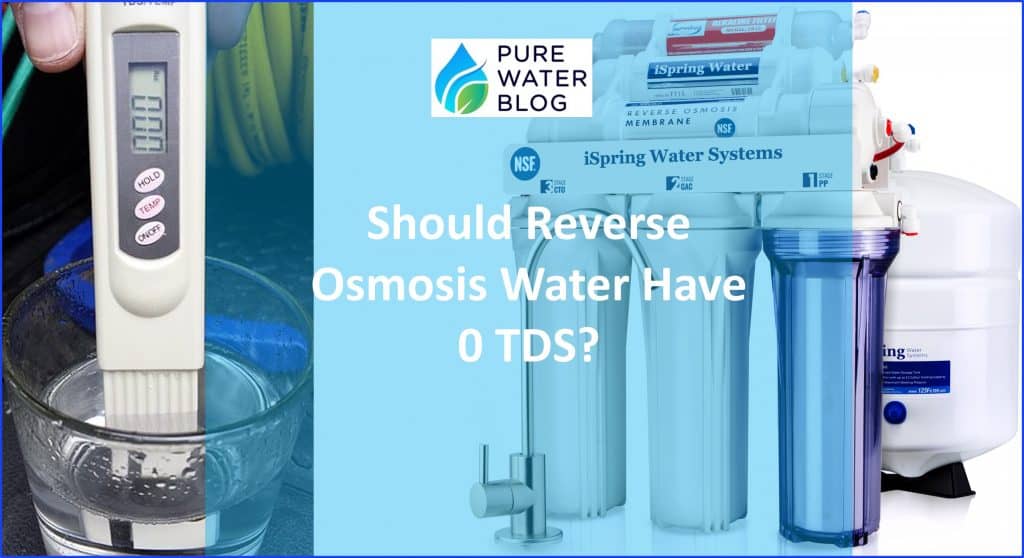Decoding TDS in Water Treatment: Your Guide to Cleaner Water
Ever wonder what "TDS" on your water purifier really means? It's more than just a technical term; it's a key factor in ensuring the quality and safety of the water you drink. Understanding TDS – Total Dissolved Solids – can empower you to make informed choices about your water treatment methods.
TDS in water treatment represents the total concentration of inorganic and organic substances dissolved in water. These dissolved solids can include minerals, salts, metals, and even organic matter. Essentially, it’s a measure of everything present in water besides pure H2O. So, what does this mean for your daily glass of water?
High TDS levels can impact the taste, odor, and appearance of your water, often making it unpleasant to drink. More importantly, elevated TDS can sometimes indicate the presence of harmful contaminants. However, it's also crucial to understand that not all dissolved solids are bad. Some minerals, like calcium and magnesium, contribute to healthy water.
The origin of dissolved solids can vary, stemming from natural sources like rocks and minerals or human-made pollutants like agricultural runoff and industrial discharge. Measuring TDS helps us understand the overall composition of the water and determine the appropriate treatment needed.
Addressing TDS in water treatment is crucial for ensuring safe and palatable drinking water. Different treatment methods target specific types and levels of TDS, helping to remove unwanted substances and improve water quality. Let's delve deeper into the specifics of TDS and how you can control it.
The importance of TDS measurement in water treatment has evolved alongside our understanding of water chemistry. Historically, simple taste and odor tests were primary indicators of water quality. However, as scientific understanding advanced, we realized the limitations of these sensory evaluations. The development of accurate TDS meters allowed for a more precise assessment of water quality, helping us identify potential health risks associated with specific dissolved solids.
TDS is measured in milligrams per liter (mg/L), also known as parts per million (ppm). A TDS meter, a small handheld device, measures the electrical conductivity of the water to determine the concentration of dissolved solids. For example, a TDS reading of 50 ppm indicates that there are 50 milligrams of dissolved solids in every liter of water.
Benefits of managing TDS in water treatment include improved taste and odor, reduced risk of contaminant exposure, and extended lifespan of appliances like water heaters and coffee makers by preventing scale buildup. For example, using a reverse osmosis system can effectively lower high TDS levels, resulting in cleaner, better-tasting water.
Implementing a TDS management plan can be as simple as regularly testing your water using a TDS meter. Based on the readings, you can determine the appropriate treatment method, such as installing a water softener for hard water or a reverse osmosis system for removing a wider range of contaminants.
Advantages and Disadvantages of Addressing TDS
| Advantages | Disadvantages |
|---|---|
| Improved taste and odor of water | Cost of water treatment systems |
| Reduced health risks from contaminants | Potential removal of beneficial minerals (depending on the system) |
Best practices for TDS management include regular testing, choosing the right treatment method based on your specific needs, and maintaining your chosen treatment system. Real-world examples include using reverse osmosis in areas with high TDS levels from agricultural runoff, or installing water softeners in regions with hard water.
Challenges in TDS management can include the cost of treatment systems and the potential removal of beneficial minerals during the treatment process. Solutions for these challenges involve exploring different treatment options and considering remineralization systems to add back essential minerals after purification.
Commonly asked questions about TDS include: What is a safe TDS level? How do I choose the right TDS meter? What are the different treatment methods available? Answering these questions requires understanding your individual water quality needs and seeking expert advice when necessary.
Tips for managing TDS include regularly cleaning your water appliances and filters, and considering point-of-use filters for specific needs like drinking water. These simple steps can significantly improve your overall water quality.
In conclusion, understanding TDS and its role in water treatment is essential for ensuring the quality and safety of your drinking water. From its origins to its impact on health, managing TDS can seem complex. However, by taking the time to understand the basics, regularly testing your water, and choosing the right treatment solution, you can enjoy cleaner, healthier, and better-tasting water. This proactive approach not only safeguards your health but also extends the lifespan of your appliances, saving you money in the long run. Don't hesitate to invest in your water quality – it's an investment in your well-being. Explore the available resources, consult with water treatment professionals, and take control of your water today.
Unlock your creativity master the art of photo editing with canva
Baggallini backpacks the ultimate guide for women on the go
Transform your screen dive into nature with 4k ultra hd wallpapers















